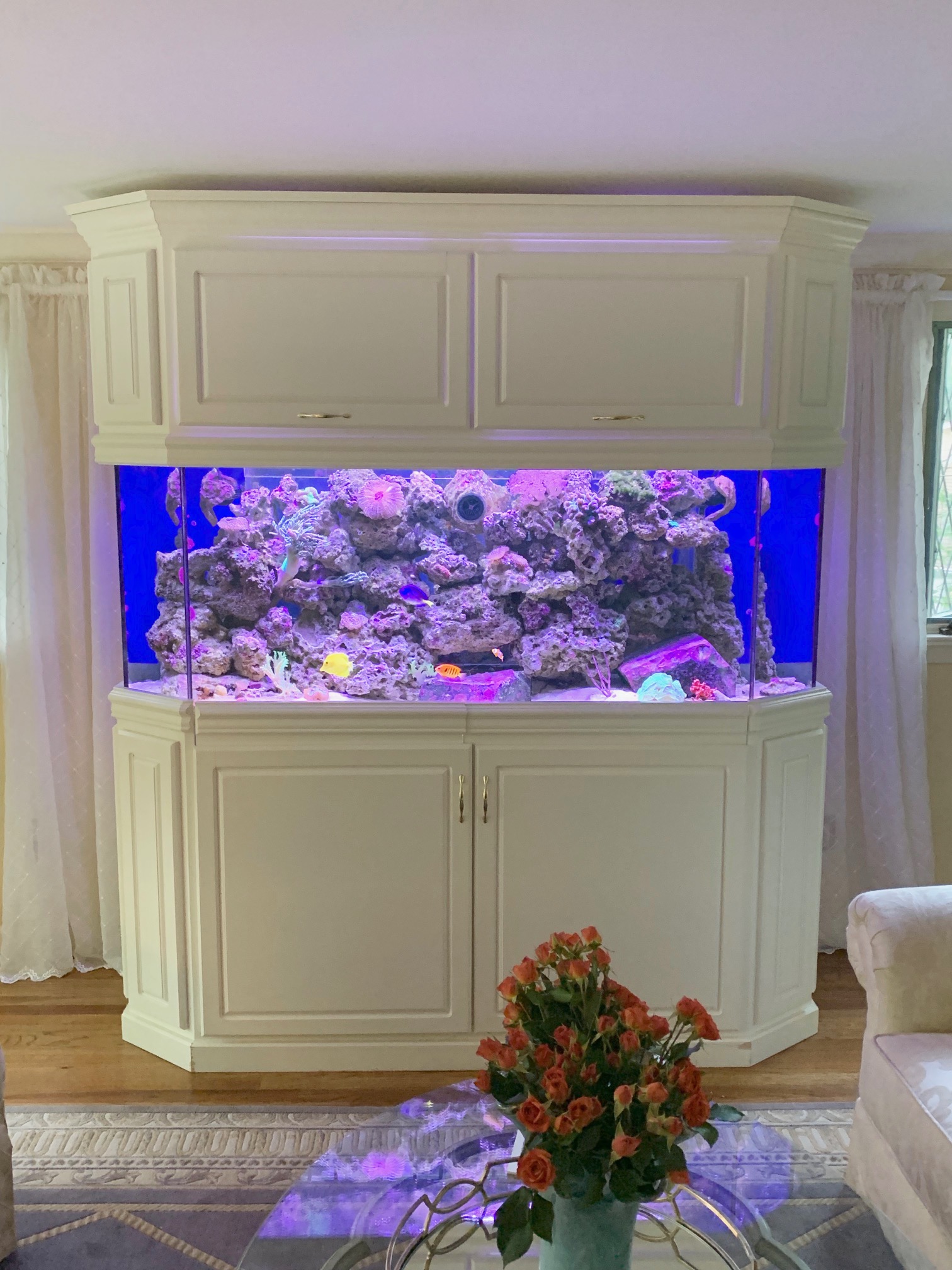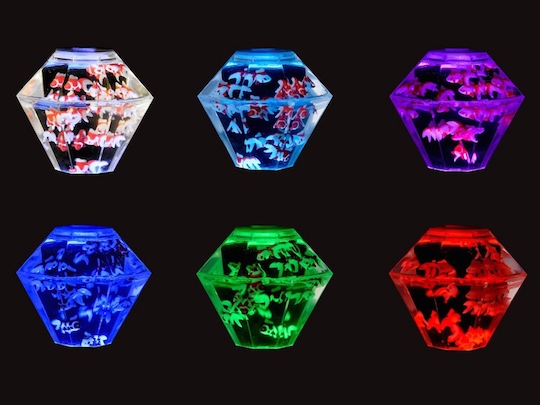

Other factors include excess nutrients and high light levels.īy showering algae with ultraviolet rays, a UV sterilizer kills algae the same way it kills other microorganisms.


It’s natural for aquariums to have some algae, but excessive algae can impact the aesthetic appeal of your aquarium.Īlgae can even affect the health of your fish, depending on the type of algae. In addition to bacteria and parasites, UV sterilizers kill algae, another kind of microorganism that gives aquarists trouble.Īlgae are the aquatic microorganisms that form green slime on your aquarium surfaces. This includes adult stages of ich, for example. It has no residual effect and won’t kill parasites that have attached themselves to fish. Keep in mind, however, that only the microorganisms that go through the device are affected. In fact, your fish and other livestock avoid potentially expensive or even lethal health issues. Since the process keeps prevents the organisms from reproducing, it halts the spread of these infections. Any free-floating parasite or bacteria in your home aquarium will flow through the UV sterilizer. A UV sterilizer helps prevent this from occurring. Don’t properly quarantine them, and you can end up with an outbreak on your hands.Īnother cause? Your livestock numbers reach a point that they become more susceptible to disease.Įither way, your home aquarium may be at risk. They can carry diseases or parasites you don’t know about, for example. Introducing new livestock is the most common cause. Many factors contribute to bacterial infections and parasites. Getting rid of algae, bacteria, and other unwanted microorganisms in your tank helps fish thrive. These devices help sterilize liquids in all sorts of settings, from swimming pools to factories, and can be useful in your home aquarium. Since it affects only free-floating microorganisms in the water that passes through the device, you don’t need to worry about your livestock. As a result, the growth and spread of infections are halted. This mutation makes them unable to reproduce. It works by irradiating these microorganisms with light at a wavelength that mutates their DNA. This kills parasites, viruses, and algae, as well as any other microorganisms in the water. Water then flows through the sterilizer and is exposed to ultraviolet light. You place it last in your filtration line, after your mechanical filter. The bulb may be enclosed in the sterilizer’s housing so you can’t see it from the outside.Ī UV sterilizer is a component of your filtration system. You might be imagining that a UV sterilizer in an aquarium would look the same, casting an eerie blue light through the water. If you’ve ever been to a tanning salon, you’ve likely seen what a UV lamp looks like.
Living art aquarium how to#
How to choose one that’s right for your tankĪ UV sterilizer provides significant benefits, improving both the health and the aesthetic appeal of your home aquarium.How it combats excess algae and bacterial infections.Wouldn’t it be nice if there were a way to prevent these problems entirely? Well, you may be in luck-a UV sterilizer helps avoid exactly these issues. If you own a home aquarium, there may come a time when you must combat various issues like algae, bacterial infections, and other nuisances. A UV Sterilizer Solves Multiple Problems in Your Aquarium


 0 kommentar(er)
0 kommentar(er)
